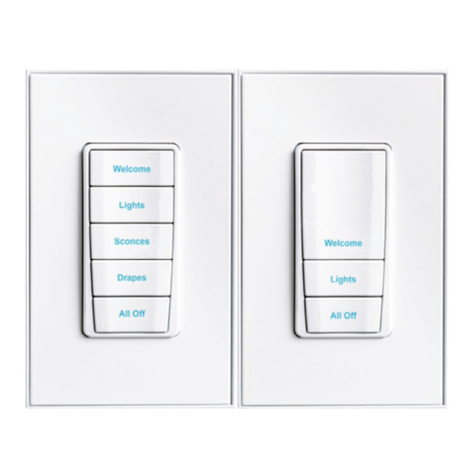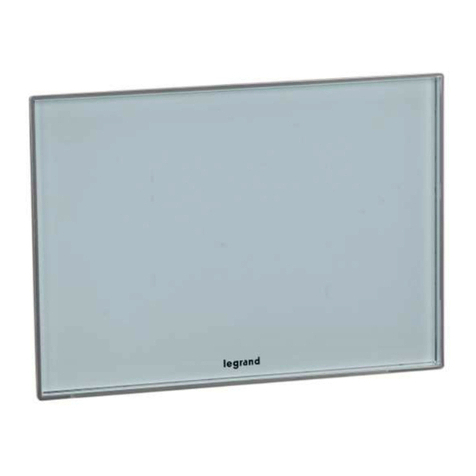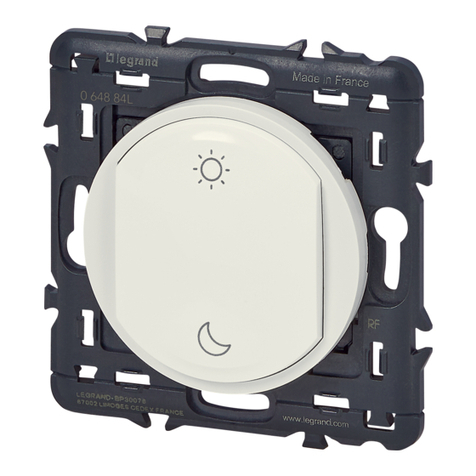LEGRAND 0 766 22 User manual
Other LEGRAND Controllers manuals
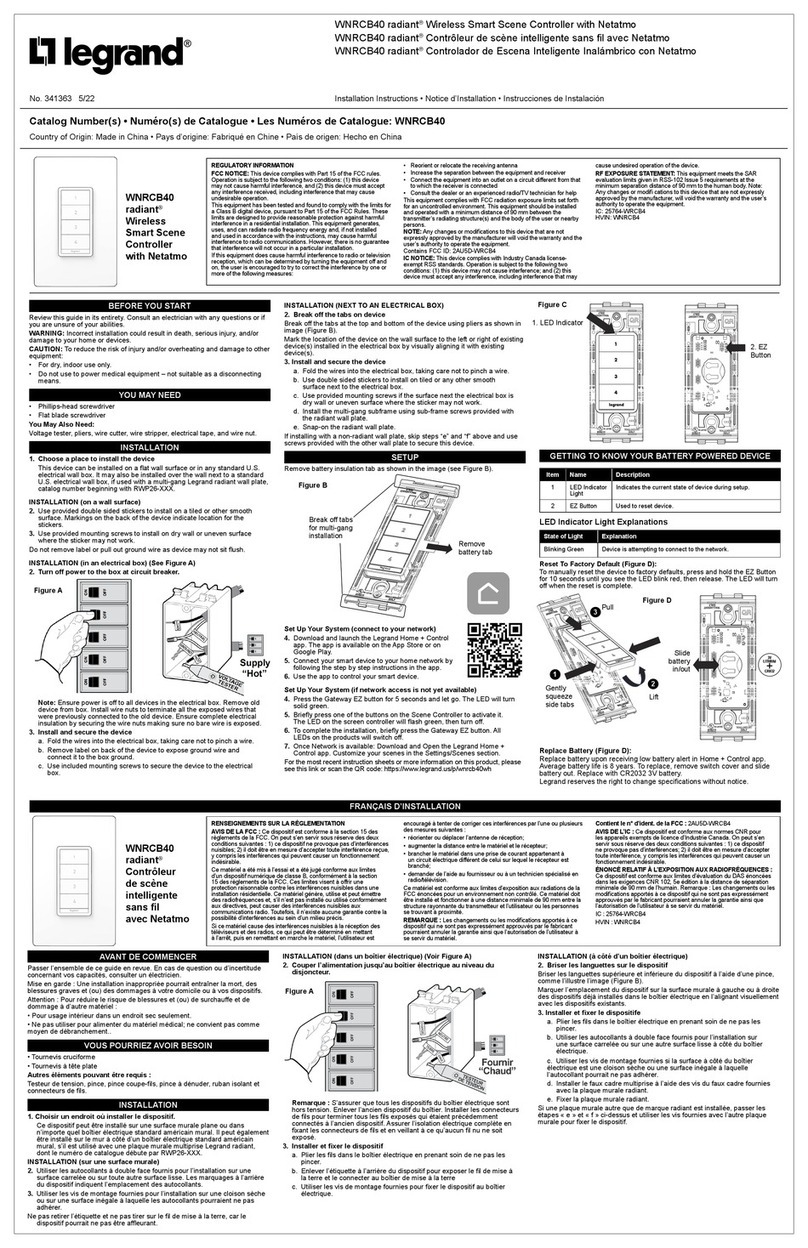
LEGRAND
LEGRAND radiant WNRCB40WH User manual
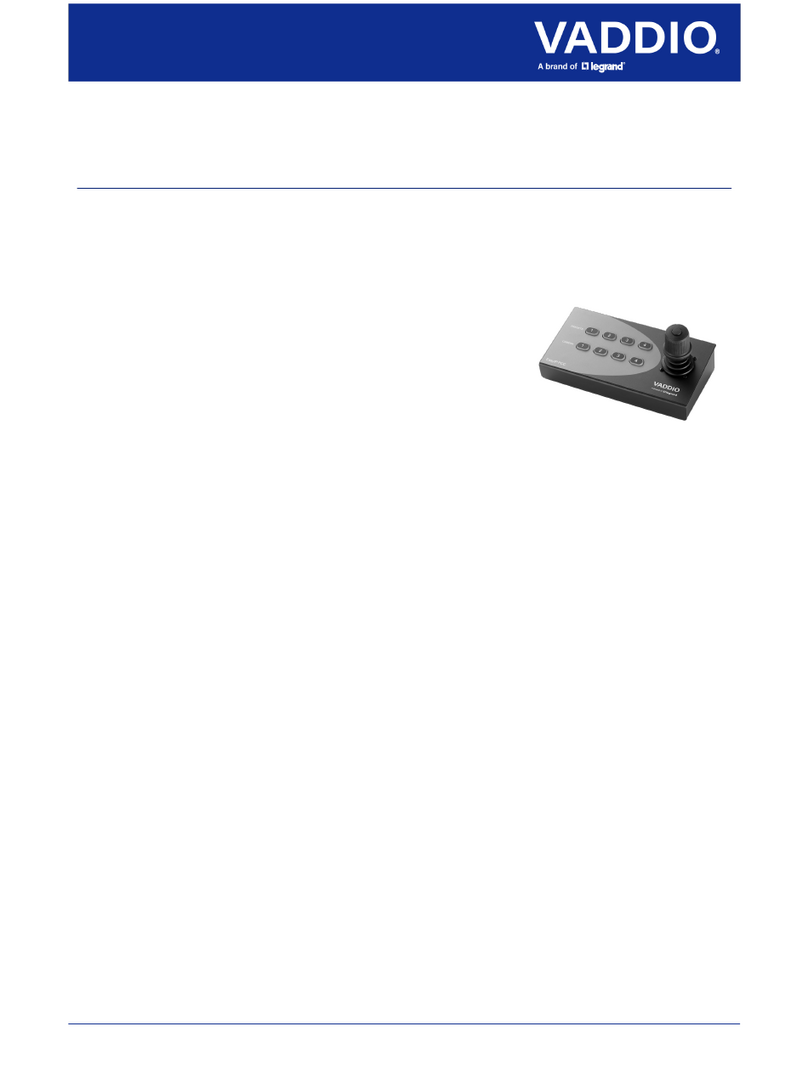
LEGRAND
LEGRAND EasyIP VADDIO PCC User manual
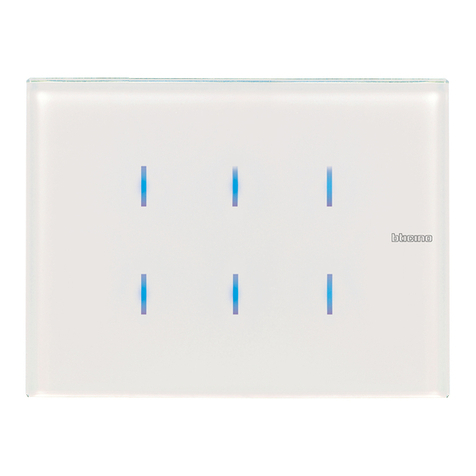
LEGRAND
LEGRAND HD4657M3 User manual
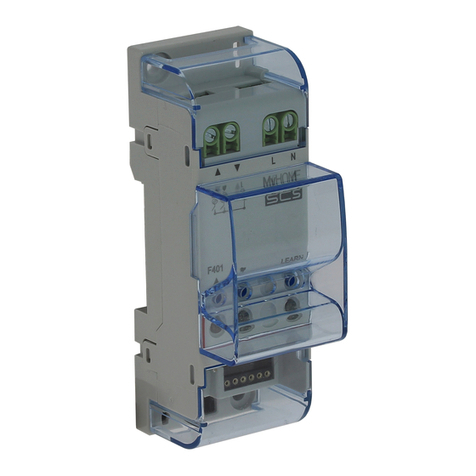
LEGRAND
LEGRAND F401 User manual
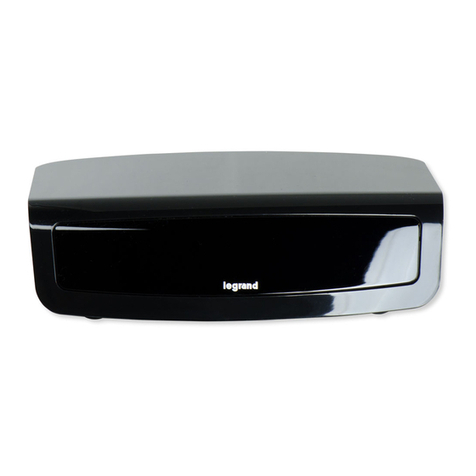
LEGRAND
LEGRAND Adorne LC7001 User manual
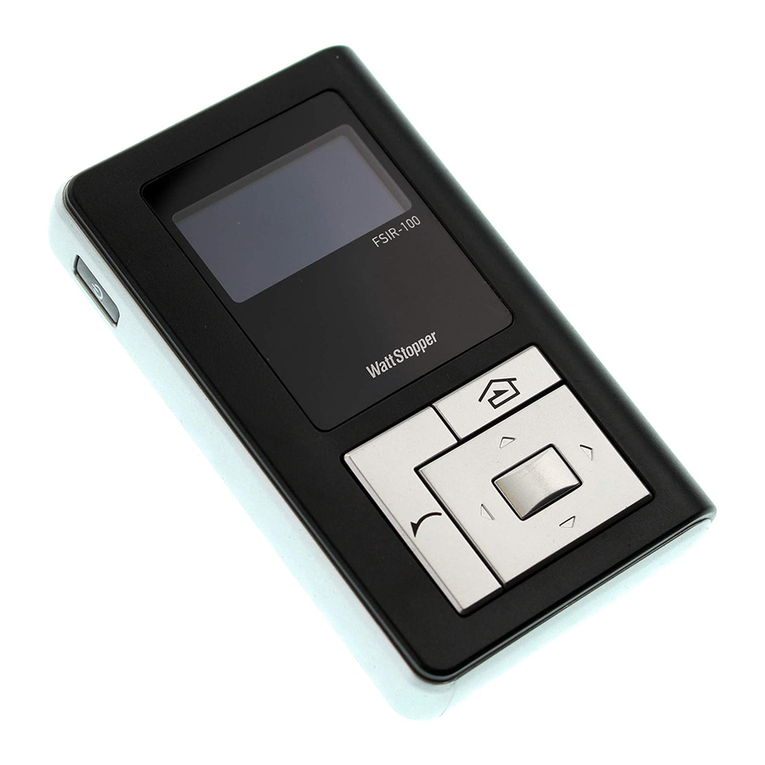
LEGRAND
LEGRAND FSIR-100 User manual
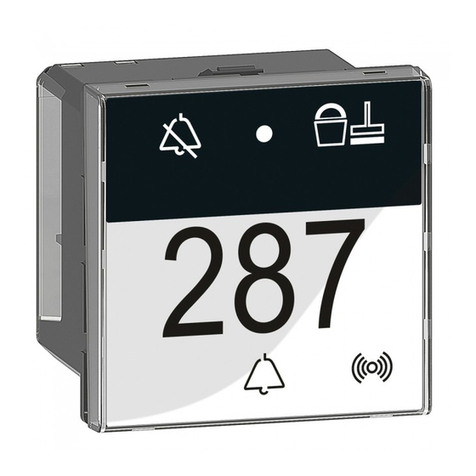
LEGRAND
LEGRAND 0 675 97 User manual
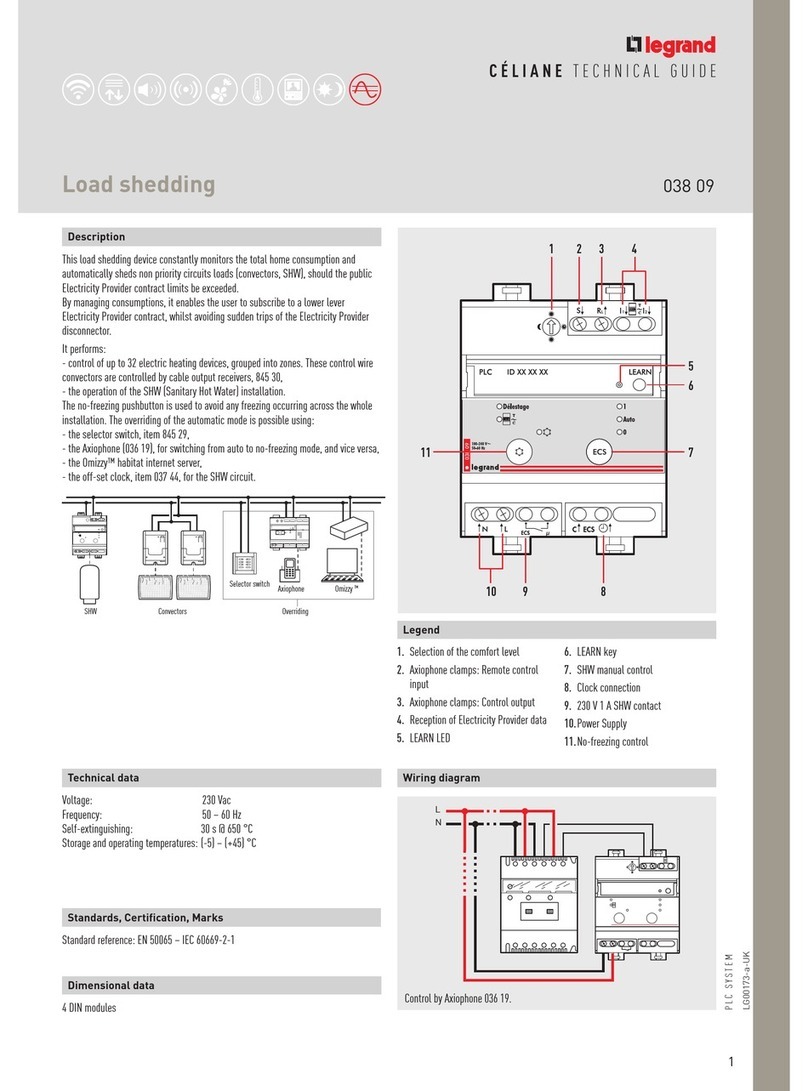
LEGRAND
LEGRAND 038 09 Quick start guide
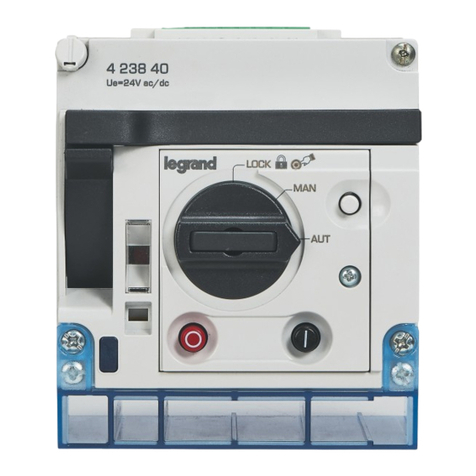
LEGRAND
LEGRAND 4 238 40 User manual
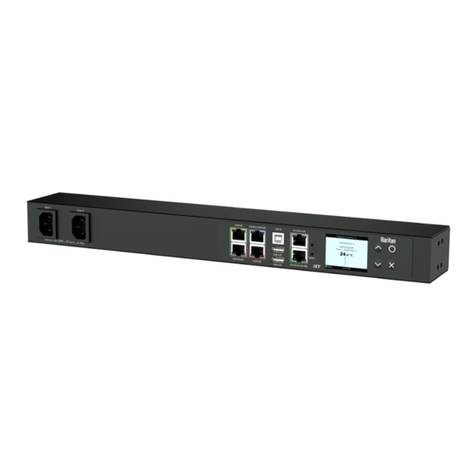
LEGRAND
LEGRAND Raritan Smart Rack Controller User manual
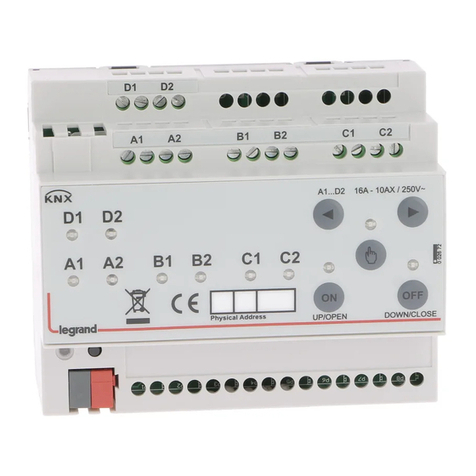
LEGRAND
LEGRAND 0 026 72 User manual
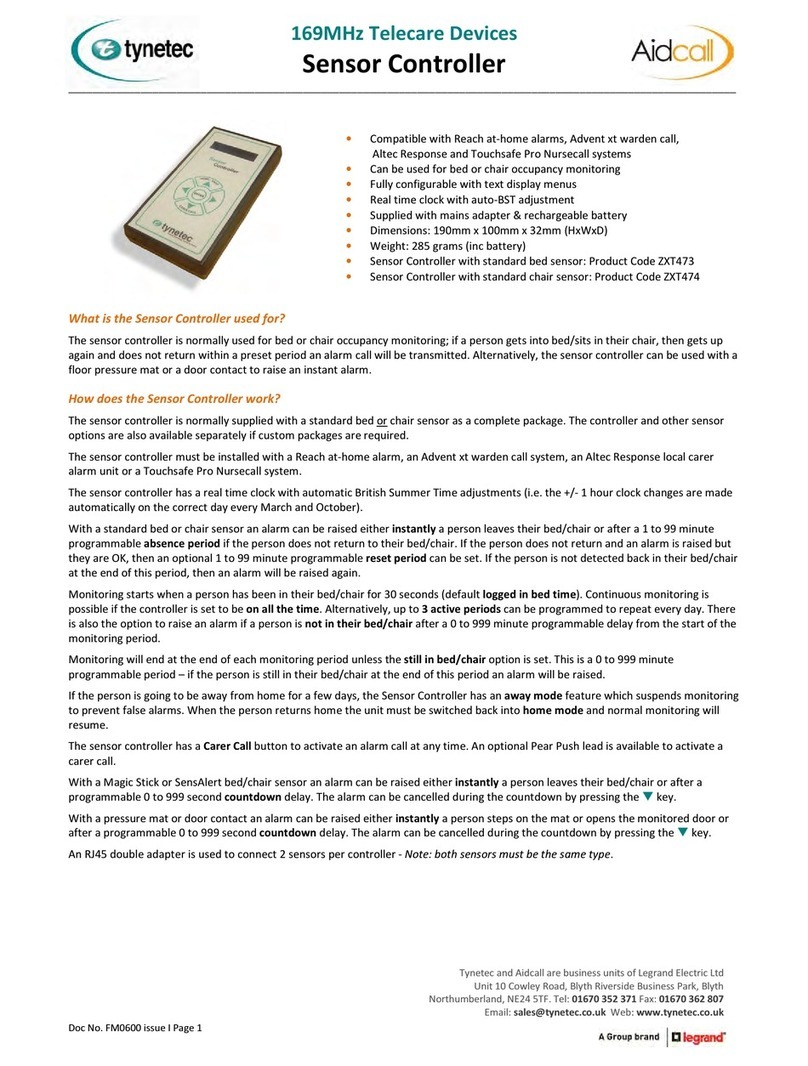
LEGRAND
LEGRAND Tynetec ZXT473 User manual

LEGRAND
LEGRAND Radiant WNRCB40 User manual

LEGRAND
LEGRAND Wattstopper LMRC-111-16M User manual

LEGRAND
LEGRAND Arteor 5 742 74 User manual
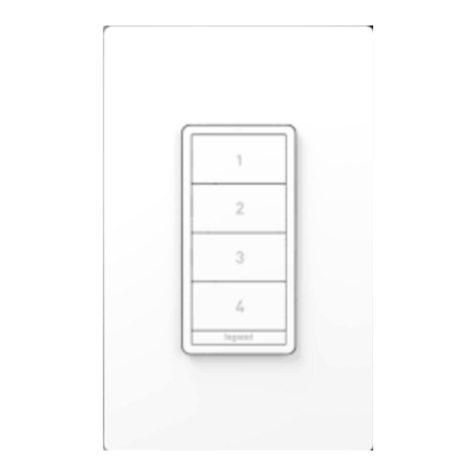
LEGRAND
LEGRAND radiant WZ3RCB40 User manual
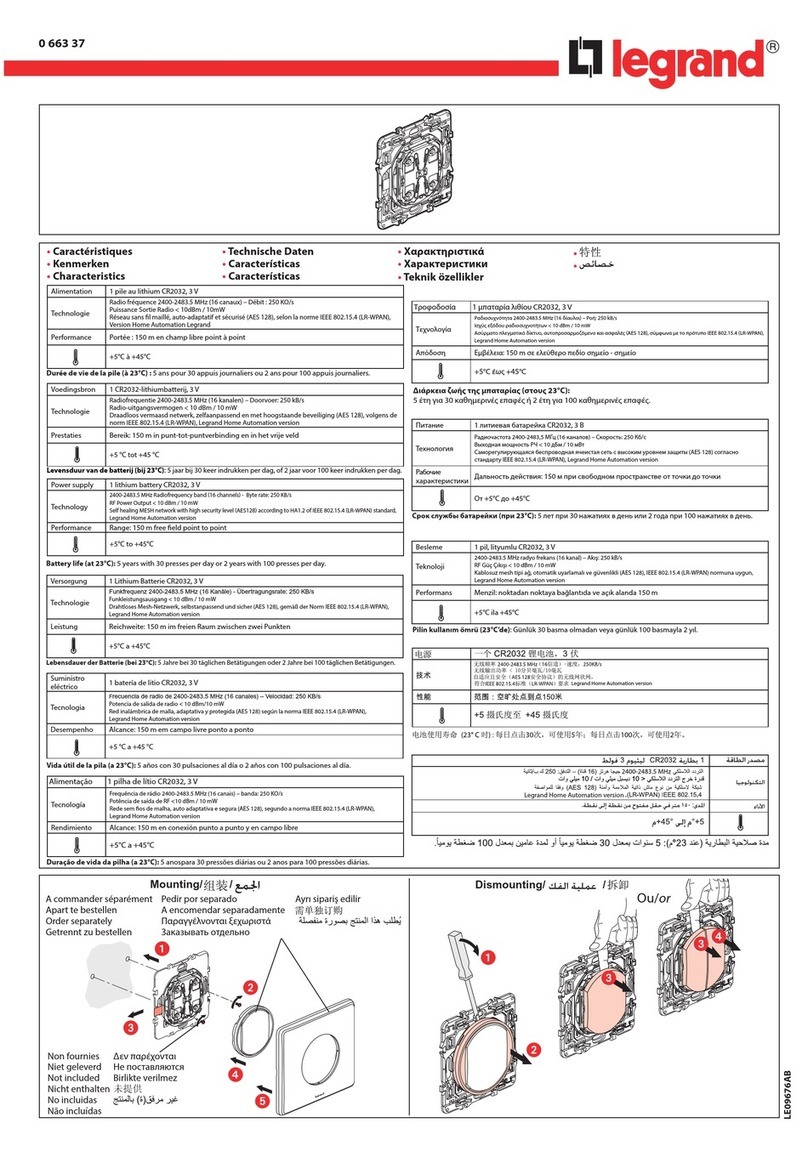
LEGRAND
LEGRAND 0 663 37 User manual
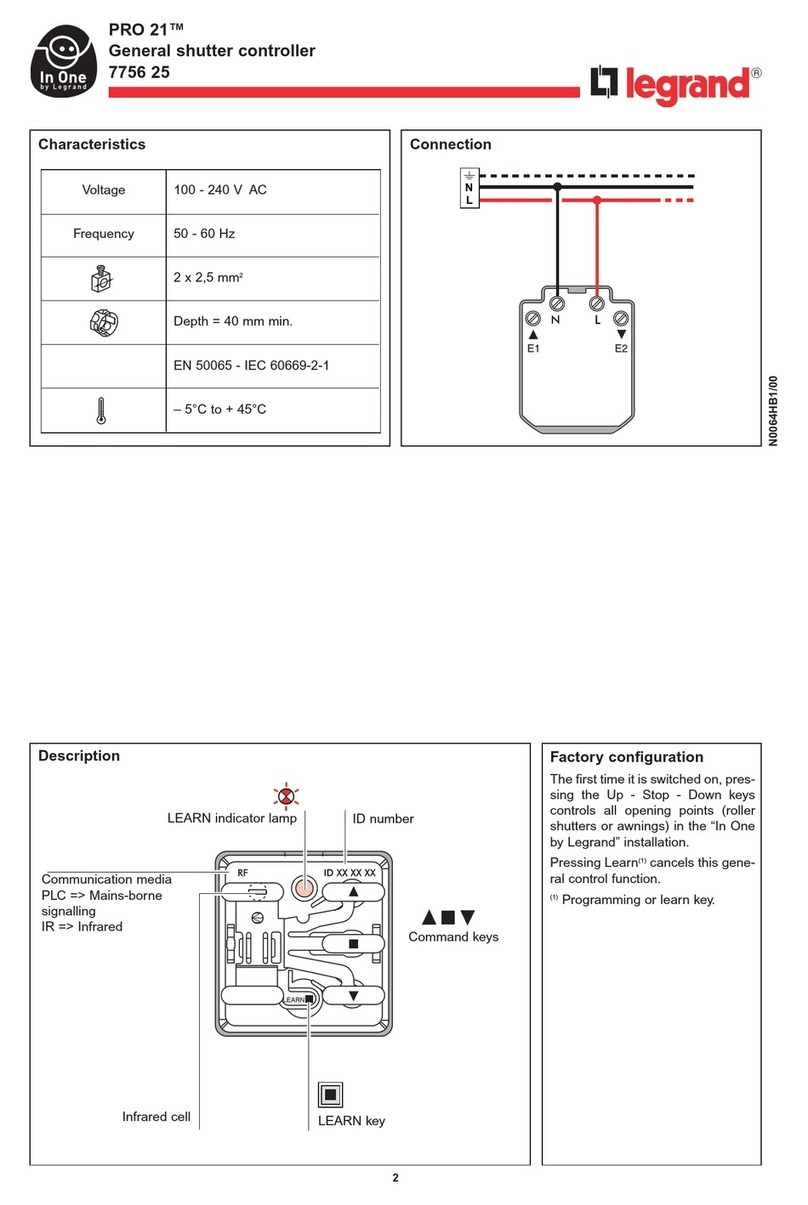
LEGRAND
LEGRAND PRO 21 7756 25 User manual

LEGRAND
LEGRAND LE00282AC User manual

LEGRAND
LEGRAND 0 663 36 User manual
Popular Controllers manuals by other brands

Digiplex
Digiplex DGP-848 Programming guide

YASKAWA
YASKAWA SGM series user manual

Sinope
Sinope Calypso RM3500ZB installation guide

Isimet
Isimet DLA Series Style 2 Installation, Operations, Start-up and Maintenance Instructions

LSIS
LSIS sv-ip5a user manual

Airflow
Airflow Uno hab Installation and operating instructions
